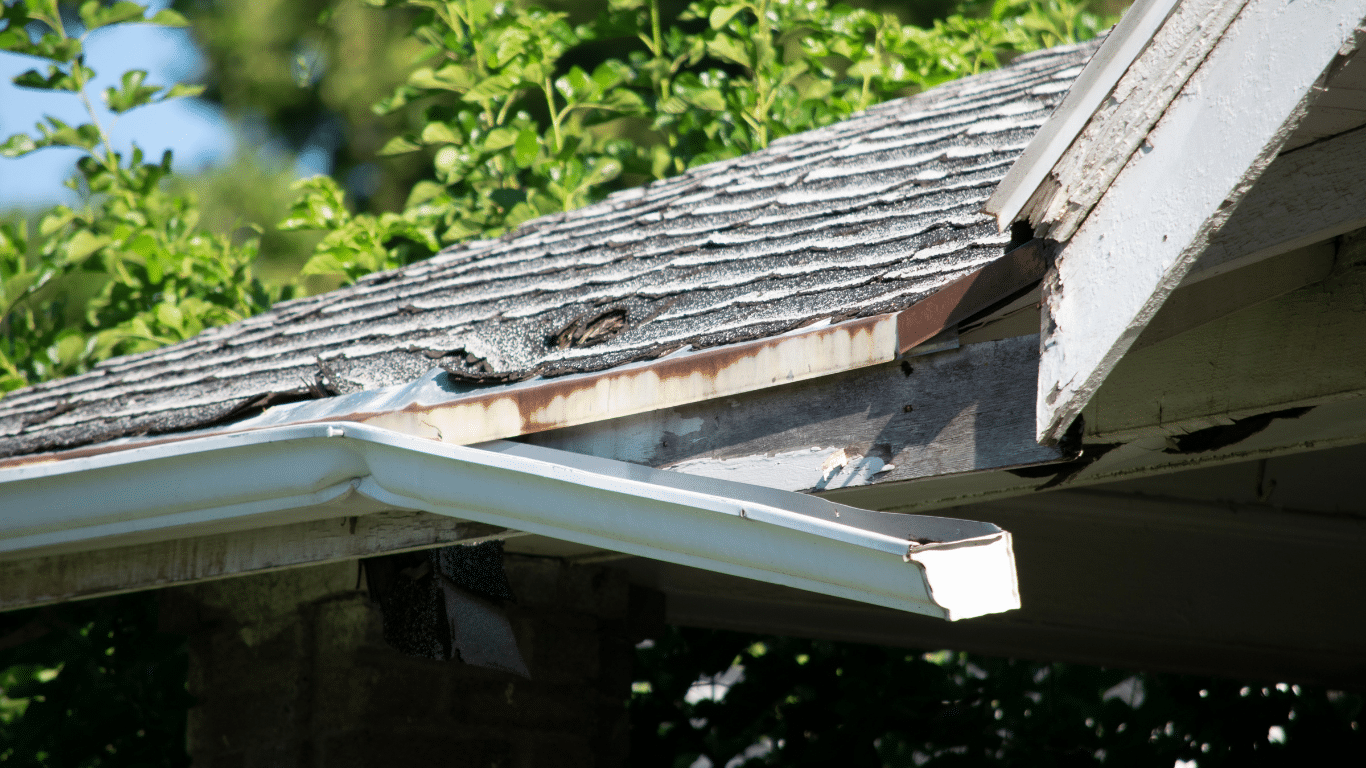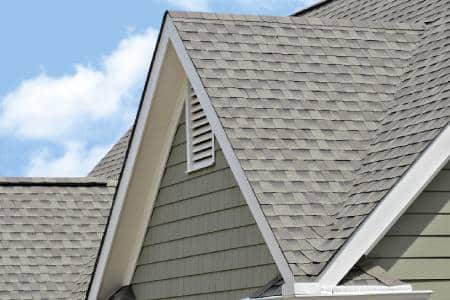Storm season in Texas doesn’t mess around—one solid storm can leave your siding or roof looking fine on the outside while hiding serious issues underneath. The truth is, damage isn’t always obvious. Tiny cracks or loose panels can quickly lead to water leaks, mold creeping behind walls, or even structural damage. That’s why catching problems early is everything.
If you’re seeing signs like warped panels or moisture indoors, it might be time for siding repair Dallas. Knowing what to look for, acting fast, and calling in the pros at Acorn Roofing can save you thousands—and a whole lot of headaches.
Home Exterior Renovations: Evaluating Siding Condition
Before you jump into repairs or rip off your siding entirely, take a moment to really look at your home’s exterior. Ask yourself:
- Are there cracks or warping?
- Is the paint bubbling?
- Are any panels loose or discolored?
Siding isn’t just about looks—it protects your home from weather, pests, and moisture. In Texas, that means it takes a beating from UV rays, high humidity, and frequent storms.
Here’s a quick checklist to assess your siding:
- Cracks or gaps: Let in water and pests.
- Faded or peeling paint: A sign of sun damage or underlying issues.
- Warping or bulging: Indicates trapped moisture.
- Drafts or high-energy bills: Your insulation may be compromised.
If your siding is over 20 years old, it might be time for a replacement, or at least a professional inspection for siding repair Dallas, especially if you’re noticing indoor moisture or poor temperature control. Some materials (like wood) just don’t stand up to Texas heat for long.
Signs You Need Siding Repair in Dallas, TX
Not all damage means you have to start from scratch. If you catch issues early, siding repair Dallas services can save you money and keep your home looking sharp.
Common repairable siding issues:
- Loose panels: If the wind or a rushed installation left sections rattling or detached, a siding pro can re-secure them before it gets worse.
- Minor cracks or chips: These might seem cosmetic, but if ignored, water can sneak in and cause bigger problems later. Sealing and touch-ups can protect what’s underneath.
- Small holes: Whether from hail, bugs, or flying debris, small holes are usually easy to patch if you catch them early.
- Mold or mildew spots: Early mold is more of a cleaning and sealing job than a replacement one, as long as it hasn’t spread.
- Localized rot: If rot is confined to one area and hasn’t damaged nearby boards, that section can often be replaced without touching the rest.
Tips:
A qualified siding contractor in Dallas knows what to look for and how to fix it the right way. Moisture damage isn’t always visible on the outside. At Acorn Roofing, we use thermal and moisture-detecting tools to make sure the problem is solved, not just covered up.
Also, siding repairs (especially vinyl) must follow manufacturer guidelines. The Vinyl Siding Institute (VSI) outlines specific steps to ensure your siding stays under warranty and performs like it should.
If you’re seeing minor issues, don’t wait for them to snowball. Let a pro take a look and save yourself from bigger bills down the line.
When Siding Replacement Is the Best Option?
Sometimes repairs just won’t cut it. Here’s when you’ll want to seriously consider a full siding replacement.
- Storm-Damaged Siding: Texas ranks high for severe weather events, and according to NOAA, the state faces billions in storm-related damage every year. If your siding is torn, blown off, or punctured from wind or hail, chances are the damage is widespread. That’s when replacement is usually the smarter (and often insured) option.
- Age and Wear: If your siding is 20+ years old, it’s likely not energy-efficient and probably won’t meet today’s building standards. You’ll start noticing things like rising utility bills or drafty walls—signs your home isn’t as protected as it should be.
- Mold, Rot & Structural Damage: Once moisture gets behind your siding and starts affecting the structure underneath, you’re looking at more than a surface-level fix. Mold and rot that cover large areas are a clear sign it’s time for new siding.
- Outdated Appearance / Low Curb Appeal: Faded, outdated, or mismatched siding can make your home look tired. New siding gives your exterior a fresh, modern look that boosts your home’s value and curb appeal.
- Upgrading to Energy-Efficient Siding: If lowering your energy bills is a priority, upgrading to insulated or modern siding materials is a smart move. You’ll get better thermal performance and long-term savings.
Dallas Siding Repair vs Replacement: How to Decide for Your Home?
So how do you really know which option is right for you? Let’s break it down.
Cost Comparison
- Repairs: Typically run $3–$8 per square foot.
- Replacement: Starts at $7 and can go over $15 per square foot, depending on the material.
If your damage is small and contained, repairs can stretch your current siding a few more years. But keep in mind—patches don’t last forever, and multiple repairs start adding up.
Durability and Long-Term Value
- Repairs can fix a small issue fast, but may need to be redone in a few years.
- New siding lasts decades and often comes with warranties.
If your current siding is old or showing wear in multiple places, replacement brings more long-term value and fewer headaches.
Storm Impact
- Repaired panels may not match your existing color after storms.
- Replacement gives you modern, weather-resistant siding.
Decision Factors for Homeowners:
- Your budget: Repairs are cheaper now, but may cost more in the long run if problems keep coming back.
- Home age and siding lifespan: If your home is older and the siding is nearing its end, it’s usually smarter to replace it.
- Energy goals: Want lower bills and better comfort? New siding can help insulate your home better.
- Selling soon? New siding is a selling point that buyers notice.
Best Siding Materials for Dallas Homes
Picking the right siding isn’t just about looks—it’s about finding materials that can stand up to Texas weather without becoming a maintenance nightmare.
Here are some smart picks:
- Vinyl Siding: Affordable, low maintenance, and resists Texas weather like a champ. Great if you’re looking for a budget-friendly option that still performs.
- Fiber Cement: Built tough. It’s fire-resistant, can take a beating from storms, and holds up well in extreme heat. A bit more expensive, but it pays off in durability.
- Engineered Wood: Gives you the look of real wood without the maintenance nightmare. It’s more resistant to rot and pests, and it costs less than traditional wood siding.
- Stone Veneer: Want a high-end accent or feature wall? Stone veneer is stunning and tough, but it’s also pricey, usually not for full exteriors.
- Wood Siding: Classic charm, but high maintenance. In humid or storm-prone areas, it requires regular sealing and repainting. Beautiful but demanding.
When picking the right material, think about your home’s style, your budget, and how much upkeep you’re willing to take on. And always check that your materials comply with ICC codes and local guidelines.
Work with a licensed siding contractor in Dallas who understands local regulations, warranties, and what works best in your neighborhood.
Acorn Roofing: Your Trusted Siding Contractor in Dallas
When it comes to siding, you need someone who knows Dallas homes inside and out—and that’s exactly what you get with Acorn Roofing. We’ve been serving neighborhoods across Dallas for over a decade, providing trusted siding repair Dallas services—from quick fixes to full replacements and maintenance plans. If you want it done right the first time, we’re the team to call.
We’re licensed, bonded, insured, and we use advanced tools like infrared moisture diagnostics to catch problems you can’t see. We handle storm damage, know how to work with insurance claims, and follow all the right standards—VSI, ASTM, and Texas building codes.



